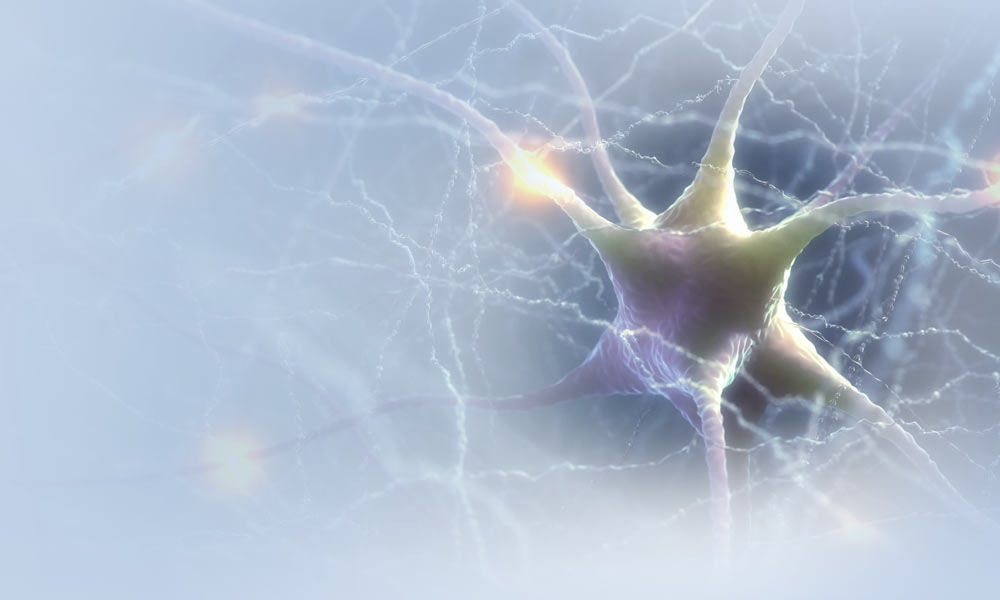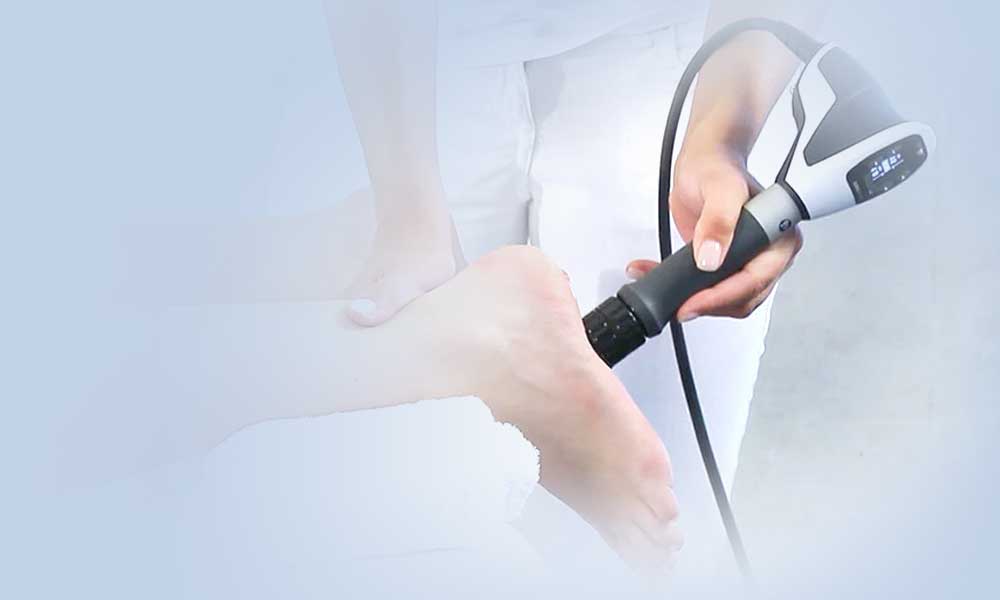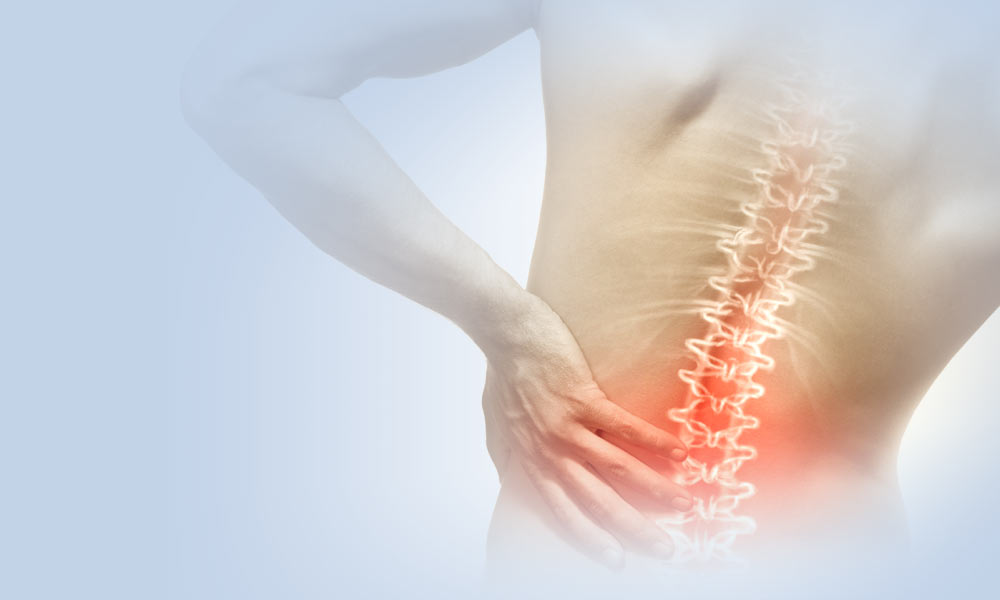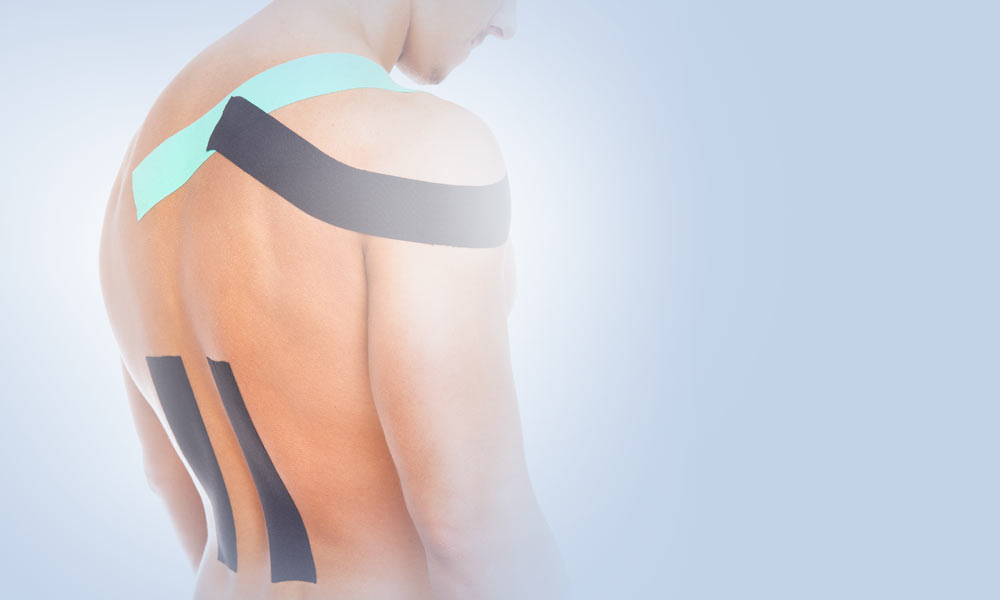Prior to each and every Graston treatment, a specially designed lubricant is applied to the skin. This lubricant allows the treatment instruments to glide over the skin without causing irritation. Graston Technique® is then administered in multiple directions in order to break up the soft tissue lesion/scar tissue in all fascial planes. As the GT instruments are applied, a “vibratory” sensation is felt through the tool to the doctors’ fingertips. The patient simultaneously experiences a similar sensation while the tool traverses the area being treated.
Treatment with the Graston Technique is conducted in concert with a rehabilitation regimen designed to restore athletes to their pre-injury level of activity. This is accomplished by implementing a functional progression program, which zeros in on imbalances throughout the kinetic chain. Flexibility, strengthening and muscle re-education is employed to provide the athlete/patient with optimal results within a minimal number of treatment sessions.
















